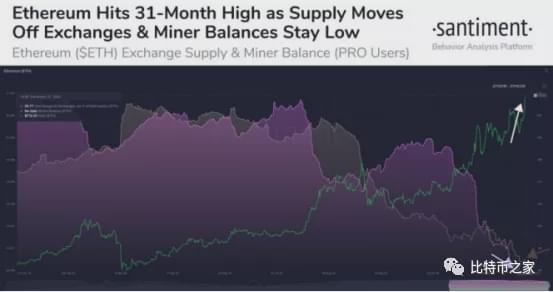The landscape of cryptocurrency mining is ever-evolving, with miners continuously in search of more optimal locations to maximize profitability. In recent years, the United States has emerged as a favored destination, particularly due to its low energy costs. This article delves into the reasons behind this significant migration, exploring the implications for Bitcoin and altcoin mining, mining machines, and the broader ramifications for the cryptocurrency ecosystem.

At the core of this migration are the operational costs that miners incur, primarily driven by electricity expenses. Consider this: countries often rely on fossil fuels as their main energy source, leading to exorbitant prices that chip away at miners’ margins. In stark contrast, the U.S. offers a diverse energy portfolio, with a growing number of states harnessing renewable energy sources such as wind, solar, and hydroelectric power. This shift not only aligns with sustainability goals but also reduces electricity costs significantly, making mining hosting services far more attractive.
Moreover, the deregulated energy market in the U.S. allows miners to shop around for the best electricity rates, leading many to relocate their mining operations to areas where energy is both abundant and cheap. Regions like Texas have become hotspots for cryptocurrency mining facilities, lured by favorable regulations and a surplus of renewable resources. Here, miners can thrive amidst a landscape designed to foster innovation and investment in the digital currency sector.

As Bitcoin, Dogecoin, and Ethereum continue to carve out their places in the financial ecosystem, the need for robust mining machines grows. The U.S. boasts some of the most technologically advanced mining rigs, particularly suited for solving the complex mathematical problems required for validating transactions on various blockchains. The ability to access cutting-edge machines combined with low energy consumption leads to heightened efficiency. Miners utilizing these modern machines can far exceed the performance of traditional setups, thus increasing their likelihood of earning rewards.
Investors flock to the U.S. mining hosting companies that promise state-of-the-art facilities, equipped with the latest in mining technology. This has resulted in the proliferation of mining farms that host and manage these machines, ensuring that they operate efficiently while mitigating downtime. The transparency and professionalism found in many of these operations attract not just individual miners but also large institutional investors who see the potential for significant returns in the burgeoning crypto market.
Alongside energy cost considerations, regulatory environments in the U.S. have also played a pivotal role in miners’ relocating efforts. With governmental bodies increasingly recognizing the importance of cryptocurrencies, legislation has begun to emerge that fosters rather than hinders the mining industry. Clear regulations provide businesses with the confidence to invest heavily in facilities and infrastructure, ensuring compliance and encouraging growth in the sector.

However, amidst the advantages, there lies a level of unpredictability — energy prices may fluctuate, and regulatory changes can occur rapidly, affecting the mining landscape. As miners navigate these challenges, their adaptability becomes paramount. The steady flow of miners into the U.S. also raises questions about competition: with more operations setting up shop, what does this mean for market saturation, and will it ultimately drive the profits down for miners?
The U.S. mining scene is not solely focused on Bitcoin. Other cryptocurrencies like Ethereum and Dogecoin are also gaining traction among miners, with specific rigs tailored to mining different currencies. Diversity not only benefits individual miners but also mitigates risk; should one currency face a downturn, others may still thrive. This diversification is crucial for the longevity and health of the mining community as a whole.
The ongoing increase in mining activity within the U.S. is a testament to the resilience and adaptability of this sector. As miners optimize their operations amid ever-shifting landscapes, the focus on energy efficiency and technological advancement remains paramount. The growth of sophisticated mining farms, the rise of hosting services offering competitive pricing, and the welcoming regulatory framework all contribute to an encouraging outlook for those involved in mining. While challenges remain on the horizon, the shift towards America signifies a new chapter for the cryptocurrency mining industry.




Leave a Reply